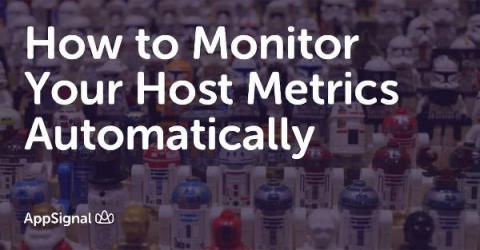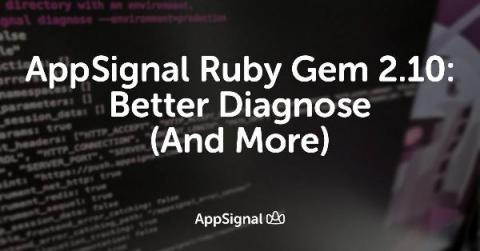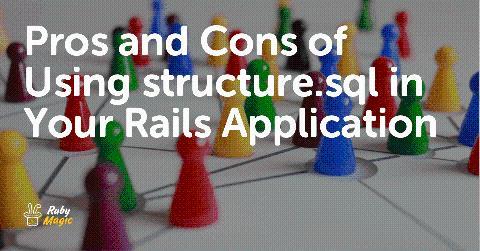Effective Profiling in Google Chrome
This blog post will explain how to effectively profile your website so that you can deal with performance pain points. We’ll go through the two most used tools in Google Chrome for profiling: Imagine that you optimized your backend and everything is running smoothly. However, for some reason, the load time of your pages is still unreasonably high. Your users might be experiencing sluggish UI and long load times. This post will help you sort these issues out.











